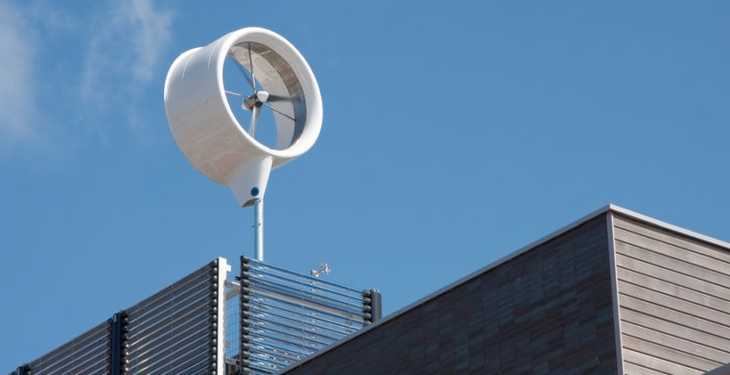European Union lawmakers reached a tentative agreement on Tuesday (19 December) on some key parts of a draft law that will facilitate the renovation of Europe’s existing building stock, with the aim of reaching nearly zero energy buildings by 2050, EU sources said.
The deal was struck during negotiations over the revised Energy Performance of Buildings Directive (EPBD), a key piece of legislation that is part of a wider package of clean energy laws tabled by the European Commission last year.
The talks in Brussels were still going on at the time this article was published but negotiators were now increasingly confident about the chances of concluding before the end of the day.
A central part of the deal relates to long-term renovation strategies, an issue that had blocked an agreement during previous rounds of talks between the European Parliament and the EU Council of Ministers, representing the 28 EU member states.
Around lunchtime, both sides agreed on wording that negotiators said will facilitate the transformation of existing buildings into nearly zero energy buildings by 2050, according to Euractiv.com.
“This means that efforts on existing buildings currently responsible for 40% of energy consumption have to be drastically stepped up so that buildings become more efficient and the sector is decarbonised,” said a Parliament source involved in the negotiations.
Targets and actual policies for how to get there will be decided by national governments, with the aim of reaching a highly efficient building stock by 2050.
EU countries have to set 2030 and 2040 milestones and define “measurable progress indicators,” such as renovation rates or a maximum energy consumption per square meter, for example. However, all of those are “entirely up to member states”, which gives national governments sufficient wiggle room.
“It’s not an obligation to have renovation rates as such but an obligation on member states to set some indicators to measure progress and set milestones” along the way to 2050, the source explained.
